Abelardo Carro Nava
Sabemos que los maestros son los que mejor conocen el avance de sus alumnos. También sabemos que, en el proceso de enseñanza y de aprendizaje (E-A), influyen varios aspectos para que éste se logre, por ejemplo: el contexto, la familia, sus recursos económicos, los diferentes niveles cognitivos de los chicos, la planeación que el profesor realiza, la serie de recursos y materiales didácticos que éste emplea; en fin, como decía, todo un cúmulo de situaciones que son parte del referido proceso.
Una cosa más que, desde luego conocemos, es que la pandemia ocasionada por el Covid-19, propició que las actividades escolares que se desarrollaban de manera presencial en las escuelas tuvieran que suspenderse y, con ello, se dio paso a otra serie de actividades, también “escolares”, a través de algo que se denominó “educación a distancia”, hecho que implicó que los mentores: a) elaboraran cuadernillos o guías para que se los entregaran a sus estudiantes en sus escuelas o en sus casas, con la finalidad de que éstos los trabajaran; b) enviaran mensajes vía Whatsapp o correo electrónico, con las actividades que los niños tendrían que realizar con el mismo propósito que el inciso anterior; d) que siguieran y, posiblemente, consideran en su planeación, los programas televisivos que la Secretaría de Educación Pública (SEP) echó andar desde el mes de marzo y cuya continuidad se dio en agosto de este año; e) aprendieran o perfeccionaran su conocimiento para que impartieran sus clases de manera virtual, situación que los obligó a contar con un equipo (computadora o celular) e internet o “datos” suficientes para que se lograra este objetivo; entre otros.
Ahora bien, ¿qué sucedió con los alumnos y con su aprendizaje a partir de la contingencia sanitaria que decretó el gobierno mexicano? En primer lugar, como parece obvio, ya no se presentaron a las escuelas porque, lógicamente, este espacio sería el lugar donde el virus se propagaría desmesuradamente. Se quedaron en casa, lo cual, desde mi perspectiva, abre una amplia gama de variables en cuanto a lo que significa, o significaría, asegurar que hasta la fecha ha habido una continuidad en su proceso formativo puesto que, como sabemos: 1) no todos los estudiantes cuentan con una computadora, internet, celular o televisión en casa; 2) pero también, el que los padres de familia hayan estado, o no, al pendiente de las actividades que los profesores les encomendaron a sus hijos, o bien, de los horarios en los que se trasmitían los programas televisivos; 3) el que estos padres hayan estado atentos, o no, del envío de esas tareas y/o actividades por correo electrónico, whatsapp o en las escuelas en las que entregaron los cuadernillos y guías; etcétera. Esto, sin contemplar, que muchos de estos chicos pudieron, o no, considerar prioritarias las actividades escolares dado que, como se sabe, la pandemia no sólo impactó en el sistema educativo nacional (SEN), sino también en el ámbito económico y, consecuentemente, en los millones de hogares mexicanos; situación que pudo haber provocado, que un número considerable de éstos, haya trabajado en algún sector informal de la economía para ayudar con los gastos de la casa.
Lo anterior me permite deducir, que el aprendizaje que los estudiantes pudieron, o no, haber adquirido durante esta etapa de confinamiento y durante este primer periodo escolar, se ha visto influenciado por varias cuestiones, como las expuestas. Entonces, en sentido estricto, durante este lapso de tiempo: ¿los alumnos han aprendido? Si nos remitimos a la definición más simple que nos brinda la Real Academia Española (RAE) obtendríamos que el aprendizaje, “es la acción y efecto de aprender algún arte, oficio u otra cosa”. Consecuentemente, la pregunta que formulé líneas atrás tendría como respuesta un rotundo sí porque, como lo señalaba, de las actividades que pudieran estar haciendo en casa o fuera de ella, con seguridad, “algo” aprendieron.
Ahora bien, si replanteamos la pregunta y cuestionamos si los chicos adquirieron los conocimientos que, mediante la acción educativa, se brindaron a través de una educación a distancia, mi respuesta no sería tan contundente. Esto, en razón de los aspectos que he referido y que influyen en el proceso de E-A porque, de manera concreta, no se estarían cumpliendo del todo los aprendizajes esperados que, conforme al modelo educativo o plan de estudios vigente, se tienen contemplados.
En este sentido habría que recordar que, el Secretario de Educación, Esteban Moctezuma, en reiteradas ocasiones ha señalado que los niños están logrando los aprendizajes esperados durante la pandemia; pero, a todo esto, ¿qué se entiende por aprendizaje esperado? Según el documento Aprendizajes Clave para la Educación Integral (2017), éste “es un descriptor de logro que define lo que se espera de cada estudiante. Le da concreción al trabajo docente al hacer comprobable lo que los estudiantes pueden [hacer], y constituye un referente para la planificación y evaluación en el aula. Los aprendizajes esperados gradúan progresivamente los conocimientos, habilidades, actitudes y valores que los estudiantes deben alcanzar para acceder a conocimientos cada vez más complejos” (p. 655).
He aquí el meollo del asunto porque, como bien sabemos, si durante las clases presenciales los aspectos que permiten valorar el logro (aprendizaje esperado) de los alumnos se llegan a complicar (por muchas de las razones ya expresadas), durante esta pandemia, la situación se ha complicado. De ahí que el criterio que pueda tomar el profesor para asignar un valor en el primer periodo del ciclo escolar 2020-2021, tenga como base, los avances que haya tenido el estudiante que está a su cargo desde el inicio de dicho ciclo.
¿Cuáles serían los criterios a considerar para valorar el logro alcanzado en esos avances? Desde mi punto de vista, las evidencias de las actividades o tareas realizadas de acuerdo al contenido trabajado o encomendado y que fueron enviadas por los estudiantes y/o padres de familia por medios electrónicos, de manera virtual o mediante cuadernillos o guías. ¿Y la asistencia a las clases virtuales, las participaciones en éstas y los exámenes aplicados? De eso hablaré un poco más adelante porque, en sentido estricto, si recordamos que una evaluación formativa tiene como rasgo primordial valorar el proceso que siguió la obtención de una evidencia/producto, el docente como tal, tendría la posibilidad de valorar estos avances con relación a lo siguiente: a) alumnos que entregaron los trabajos conforme a los criterios establecidos por el profesor basados en el aprendizaje esperado; b) alumnos que entregaron los trabajos, pero su realización y culminación, medianamente cumplieron con el criterio establecido; c) alumnos que entregaron los trabajos, pero sin que éstos cubrieran los criterios establecidos por el docente con base en los aprendizajes esperados; e) alumnos que no entregaron los trabajos pero que sí recibieron las actividades o tareas pero no los enviaron; f) alumnos que no los entregaron porque no se sabe nada de ellos aunque fueron inscritos al inicio del ciclo escolar por sus padres.
Vista estos parámetros o indicadores, podría pensarse que la asistencia a clases virtuales, la participación en éstas, los exámenes aplicados, las carpetas de experiencias o evidencias elaboradas para este periodo, el periodo de reforzamiento propuesto por la SEP, entre otras cuestiones, podrían ser un complemento que podría colaborar en esa valoración. Esto lo considero de esta forma porque, insisto, los maestros son los que mejor conocen a sus alumnos o, porque su misma experiencia y conocimiento, les permite fijar los criterios para realizar una evaluación que se apegue a un cierto grado de objetividad, aunque, como se sabe, toda evaluación es subjetiva por naturaleza.
Menuda tarea tendrá sobre sus hombros el docente en las próximas semanas, porque si bien es cierto que se espera que la SEP emita, en los siguientes días, un Acuerdo que modifique o sustituya al 12/06/2020 (por el que se establecen diversas disposiciones para evaluar el ciclo escolar 2019-2020), también es cierto que, independientemente de este documento, éstos tendrán en sus manos la decisión de reportar una evaluación sobre lo que, bajo su criterio, es la más pertinente para sus alumnos dado el seguimiento que han tenido de éstos y de los logros alcanzados que pudieran, o no, verse reflejados en sus avances escolares.
Al respecto, no sé si la asignación de un número a un estudiante de educación primaria (por ejemplo) reflejará el logro alcanzado por éste. Lo que sí tengo claro es que la SEP, y el propio Secretario, cometieron un grave error, como lo han venido haciendo desde hace ya un buen tiempo, al considerar que lo que se vive en el aula sucede de la misma manera en la casa. Consecuentemente, el problema de fondo radica en evaluar pensando que estamos en la escuela cuando en realidad nos encontramos en casa o a la distancia o, dicho de otra forma, el problema está en evaluar conforme a los aprendizajes esperados cuando las condiciones no son las más idóneas para ello.
Finalmente deseo señalar, que mención aparte tiene la evaluación del primer periodo para la educación preescolar porque, quienes hemos tenido la oportunidad de estar cerca del trabajo que realizan las educadoras, sabemos que un elemento fundamental para efectuar una valoración del avance del pequeño es la observación y el registro de lo que éste desarrolla en el aula y en el jardín de niños. Creo que muchos conocemos que, cuando la educadora encomienda una actividad en casa, suelen suceder algunas cosas: a) que los padres de familia supervisen el trabajo y estén atentos u orienten el desarrollo de la actividad que hace el niño; b) que no estén atentos ni supervisen el trabajo de los chicos, aunque puede ser que reciba orientación por parte de un adulto o hermano; c) que dichos padres terminen haciendo el trabajo que les fue dejado a los pequeños; d) o que simplemente no lo hagan ni lo entregan. ¿De qué manera se evaluarán los aprendizajes esperados en este nivel?
Espero aportar algunas ideas en mi próxima entrega, pero vaya dilemas ¿no cree?
Con negritas:
- Busqué en diversos medios los Lineamientos del sistema de seguimiento o apoyo con el objetivo de procurar la permanencia y continuidad académica de los alumnos de educación preescolar, primaria y secundaria que, de conformidad con el Acuerdo 05/06/2020, la SEP tendría que emitir y no los encontré. Sería bueno que se dieran a conocer porque, a partir de ello, los profesores podrían contar con un protocolo o herramienta que les permita tomar una decisión en cuanto a los alumnos de los que se sabe que fueron inscritos pero que no entregaron sus evidencias de aprendizaje en este primer periodo.
- En caso de que se emita un nuevo Acuerdo o que modifique el 12/06/2020, sería bueno que la SEP diera la información suficiente y necesaria sobre los criterios para evaluar la asignatura Vida Saludable y las modificaciones que habrá de sufrir las boletas de calificaciones; digo, en necesario que, con antelación, se haga llegar esta información porque, como conocemos, al cuarto para las doce llega dicha información y el docente trabaja sin descanso.
Referencias:
SEP. (2017). Aprendizajes Clave para la Educación Integral. Plan y Programas de Estudio para la Educación Básica. Ciudad de México.
DOF. (12/06/2020). Por el que se establecen diversas disposiciones para evaluar el ciclo escolar 2019-2020 y cumplir con los planes y programas de estudio de educación básica (preescolar, primaria y secundaria), Normal y demás para la formación de maestros de educación básica aplicables a toda la República Mexicana, al igual que aquellos planes y programas de estudio del tipo medio superior que la Secretaría de Educación Pública haya emitido, en beneficio de los educandos. Recuperado de: https://dof.gob.mx/nota_detalle.php?codigo=5594561&fecha=05/06/2020
Fuente: https://profelandia.com/los-dilemas-de-la-evaluacion-del-primer-periodo/?fbclid=IwAR14ddzC6T0aeAYpnM7emMPkUpQ2TFA9MIh1XL29zdxrE8CZc1wkQsyefZM
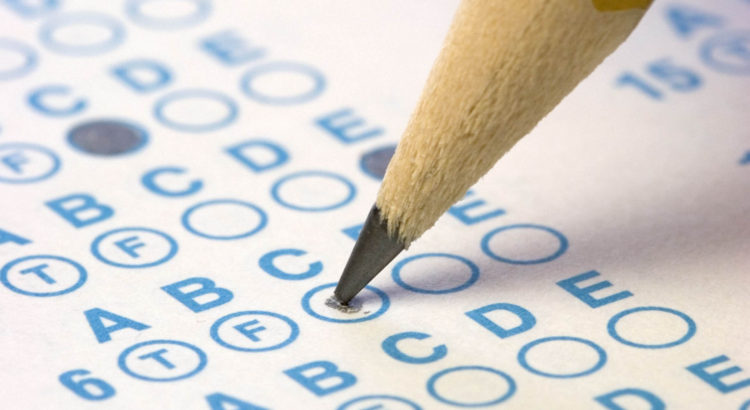
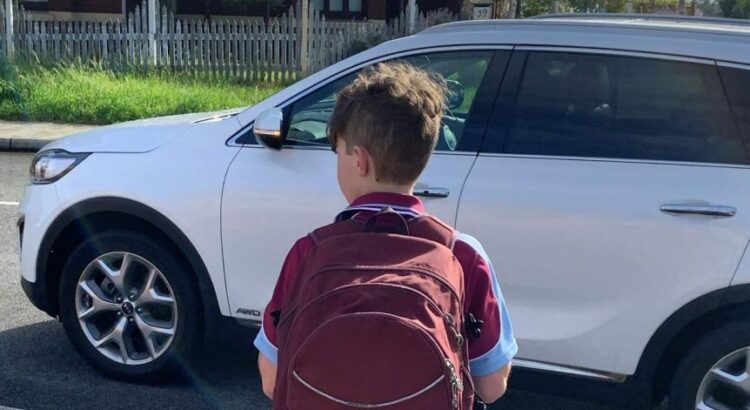







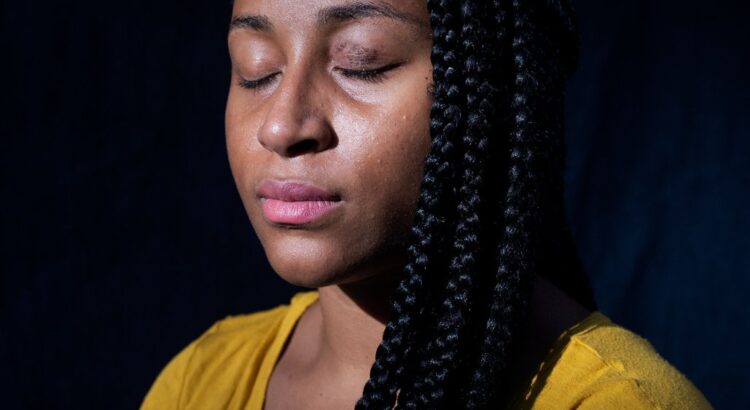
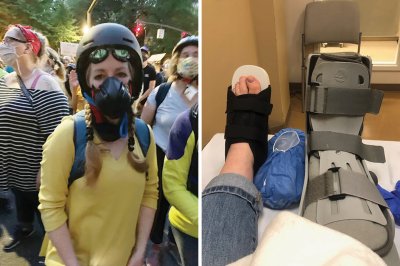
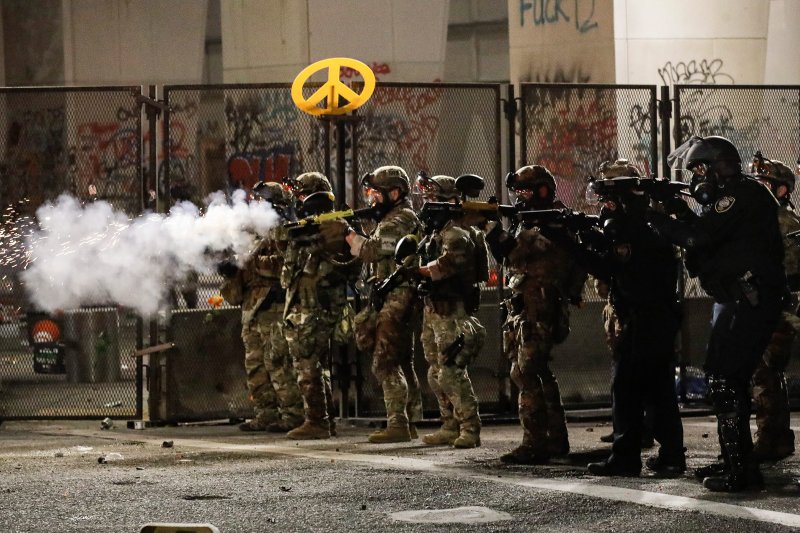

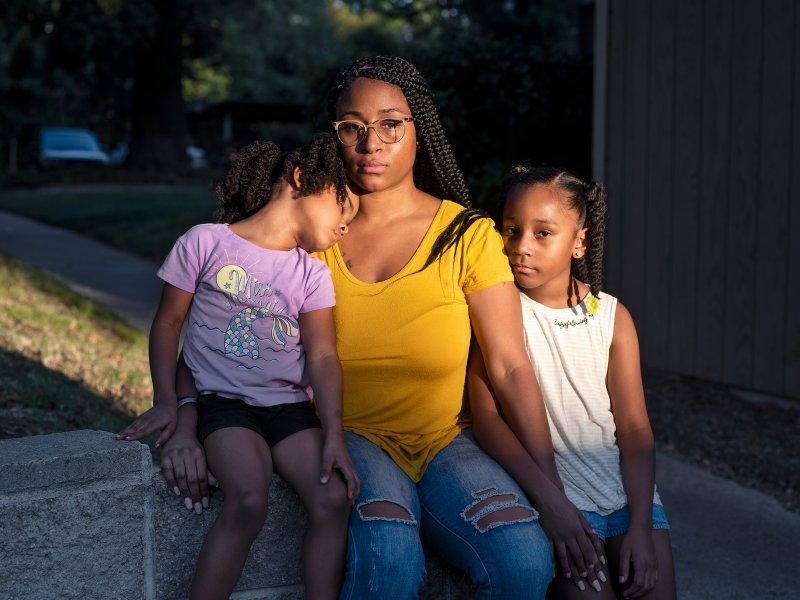
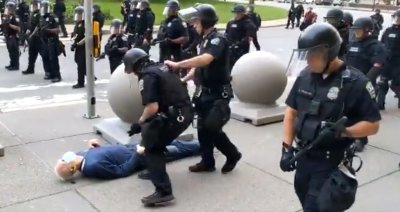
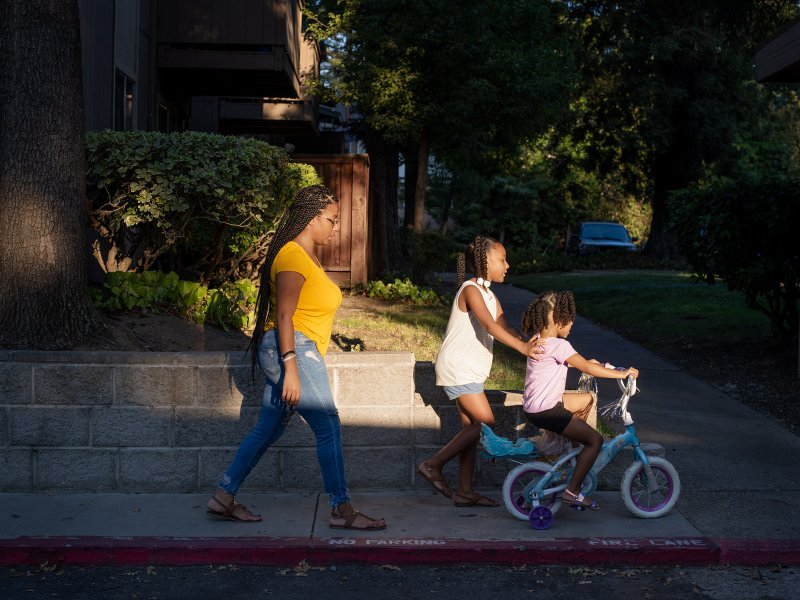
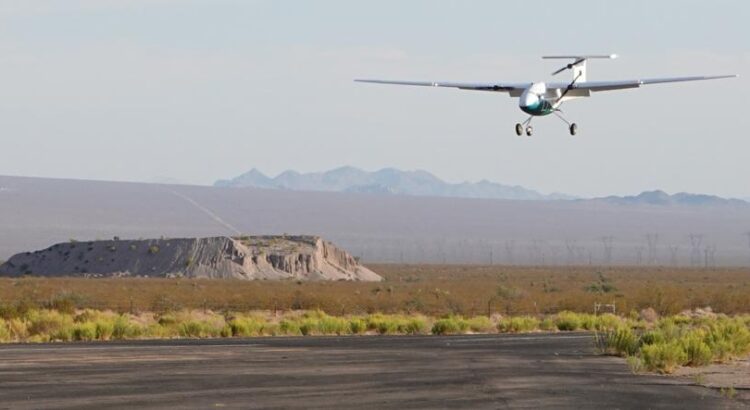


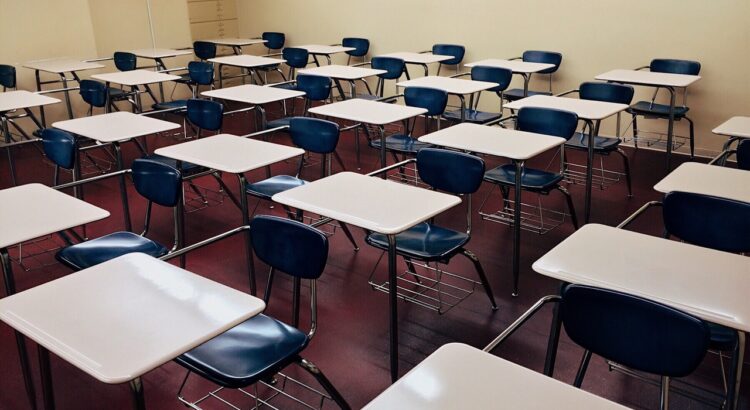






 Users Today : 52
Users Today : 52 Total Users : 35422073
Total Users : 35422073 Views Today : 60
Views Today : 60 Total views : 3356985
Total views : 3356985